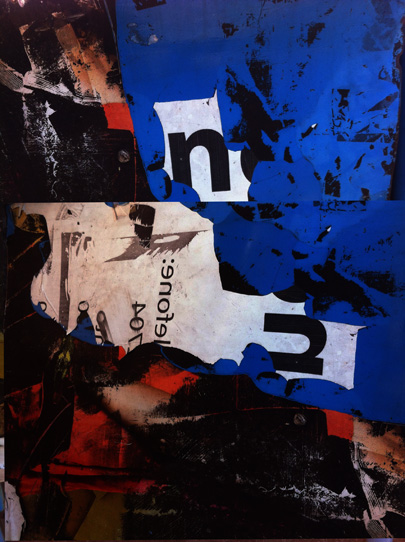A CARTOGRAPHIC-AESTHETIC-DISCURSIVE STUDY OF CONTEMPORARY BRAZILIAN CINEMA
Keywords:
arte, cinema, contemporâneo, cinema nacionalAbstract
The paper proposes a thematic-aesthetic mapping of Brazilian contemporary cinema, from two main axes of disruption: formal daring and socio-critical bias. For this, the authors selected after decade of national films in 1990, to reach a possible mapping of film works that contained in their production / direction some of these innovative way, with the typical marks of contemporary world cinema. To organize this possible archaeological mapping, inspired by Foucault and Mascarello & Baptista, the authors have created aesthetic-discursive triggers, which served as guiding the discussions of films that could typify the mode of disruption of that work. From this mapping, we contemplate how the Brazilian contemporary cinema has innovated, using different aesthetic, discursive and enunciative features such as outlets unusual chamber, the differential chromatic use, the sound feature as filmic protagonist, between others. This cartographic discussion can then explain the different ways of speaking about and do is subject nowadays through dialogism between the work and the viewer looking artist and infamous, bringing us the vocation of art, which is immersed in an experience what is most original in life: our finitude and transience, as Heidegger and Nietzsche taught us.Downloads
Downloads
Published
How to Cite
Issue
Section
License
Creative Copyright Notice
Policy for Free Access Journals
Authors who publish in this journal agree to the following terms:
1. Authors keep the copyright and grant the journal the right of first publication, with the work simultaneously licensed under the Creative Commons Attribution License, which allows sharing the trial with acknowledgment of authorship and initial publication in this journal.
2. Authors are authorized to take additional contracts separately, for non-exclusive distribution of the work version, published in this journal (eg publish in institutional repository or as a book chapter), with acknowledgment of authorship and initial publication in this journal.
3. Authors are allowed and encouraged to publish and distribute their work online (eg in institutional repositories or on their personal page) at any point before or during the editorial process, as this can generate productive changes, as well as increase both impact and citation of the published trial (See The Effect of Free Access).
Creative Commons License
This work is licensed under a Creative Commons Attribution–NonCommercial-shareaswell 4.0 International License, which allows you to share, copy, distribute, display, reproduce, completely or part of the work, since there is no commercial purpose, and authors and source are cited.



